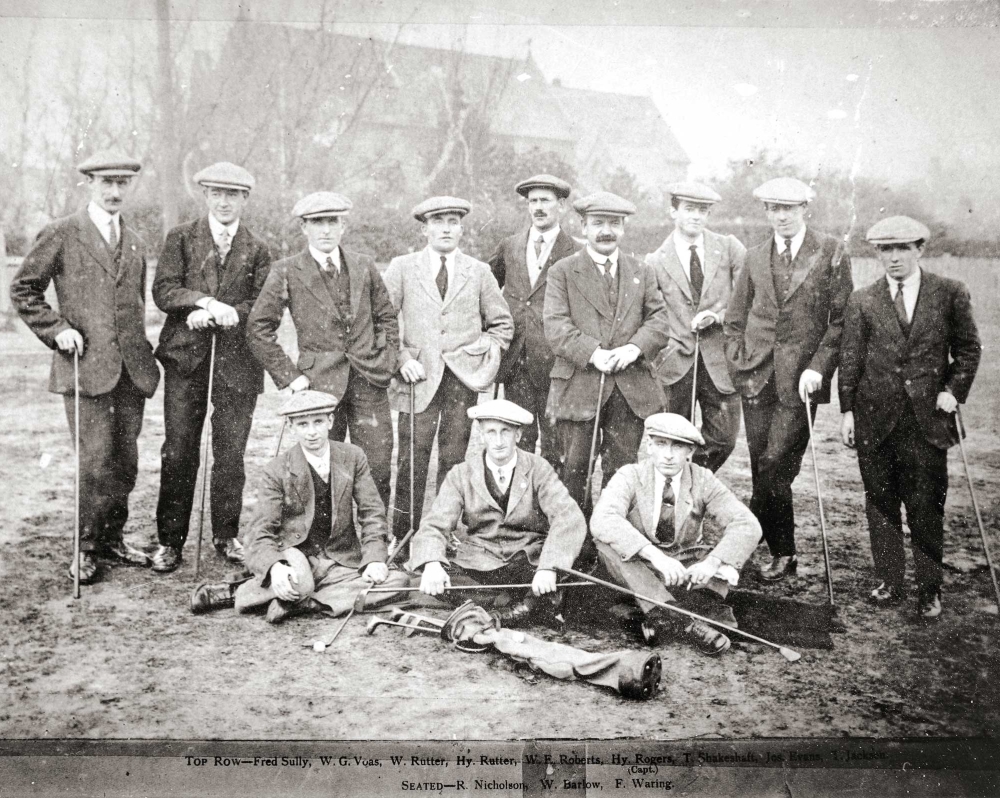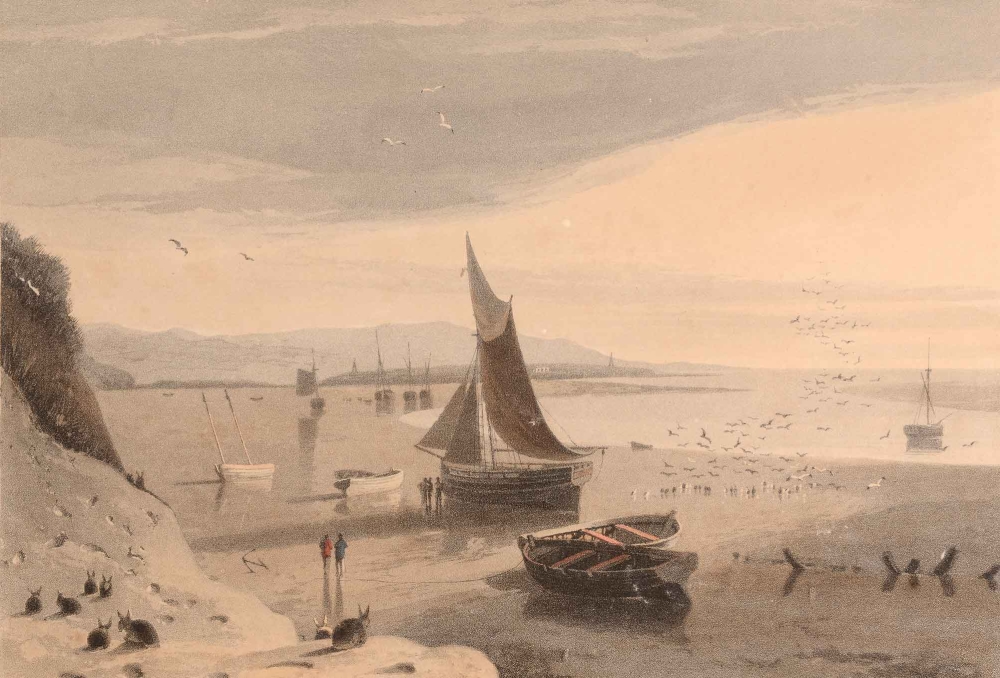Before golf arrived in Hoylake, some of the land that would become the links was devoted to the sport of horse racing, which began in 1846 under the auspices of the Liverpool Hunt Club.
The golf appeared 24 years later in 1869, and such was the popularity of the Scottish National game that within half a dozen years the Hunt Club moved from Hoylake village to Tarporley in Cheshire.
However, the golfers were not particularly popular with the villagers as race meetings had generated income for the local populace.
It was also incorrectly thought that the Hoylake Warren was public land, but in fact it was owned by John Ball senior of The Royal Hotel, which acted as Royal Liverpool's first clubhouse.

Eventually, around 1880, a meeting to defuse the situation was arranged. Among those attending were the golf Club's captain and a number of Hoylake fishermen. A deal was struck which gave a number of the locals permission to play golf in return for their cooperation - they would carry golf bags, do weeding and other general tasks maintaining the course.

FOR A NUMBER OF YEARS THIS ARRANGEMENT WORKED IN A SATISFACTORY WAY
As Royal Liverpool came to the forefront of the game in Britain, many new events took place at Hoylake including the first Amateur Championship in 1885. As the popularity of the game grew, so did local employment, not only on the course but also in the clubrooms at The Royal Hotel.
But when a tempest hit the fishing grounds of the local fishermen between 21 and 23 December 1894, dramatic changes were to take place. Many fishermen were caught in the storm and, on the Saturday, 39 people drowned in Liverpool Bay, of whom half a dozen were from Hoylake.
An appeal was launched by the Chairman of the Hoylake council, and the Captain of Royal Liverpool, Horace Hutchinson, collected contributions from members estimated to be more that £75,000 in today's money.

However, following the disaster there were more problems for the links as young vandals set about spoiling it. Action had to be taken. The new Captain, Helenus R. Robertson, arranged for meetings with the Reverend John King who would gather responsible local people together.
After deliberations it was decided that a joint committee be formed to regulate play for local Fishermen and other tradesmen in the area to form a golf Club.
The result was the Village Club, officially founded in September 1895. There were already fine golfers to join its ranks, notably George Pulford who was outstanding coming fourth in The Open of that year at St Andrews, while in Hoylake's first Open two years later he finished third. He could hold his own and beat John Ball, Harold Hilton and even Harry Vardon.
Another player of serious note was Cyril Walker who went to America and won the US Open in 1924 at Oakland Hills, beating Bobby Jones by three shots.
Perhaps the greatest of them all was Joe 'The General' Lloyd who won the second US Open in 1897. It was a remarkable win as Joe, considered one of the longest hitters of his era, was behind until the very last moment. Launching an enormous drive down the par 5 eighteenth he followed it up with a brassie to 8 feet and then knocked home the putt for a 3. To date he is the only player to have won the US Open by finishing with an eagle on the last.

The support in the early days of Walter Glover was essential to the development of the Club, and even today the main match between Royal Liverpool and the Village Play has the Glover Cup as its prize. More than a century ago, even Hoylake's finest, John Ball and Harold Hilton, turned out to play for this trophy, for this was a time when almost every Village Play member was a scratch or single handicap player.
In more recent years came the Glenda Jackson Trophy, named after the wonderful actor. Her father was a Villager. The important criterion to become a member of the Club is to live in the area of the old Hoylake District council. This is strictly adhered to, and of course a good standard of golf is also maintained.
Initially there were over 200 members but, as time moved on, the members of RLGC required more playing times. Today the Village Play Club has 50 playing members - it is probably the most exclusive Club in the country.
As the years progressed there have been some notable administrators: Bob Bethel, Reg Barton and George Kelly, all of whom became Village Play Chairmen of influence; and of course, in recent years, the late Jimmy McVey, who was also the greatly loved Hoylake Starter for nearly two decades.

Two years ago the Villagers marked their 125th birthday. Celebrations were delayed by the global bug that has been such a menace in recent years. Nevertheless, they were memorable, especially the dinner held in the Royal Liverpool clubhouse, when Village Play members and visitors from around the country came together along with a fortunate number of members of RLGC.
Confirming the Club's stature, the captain this year is Danny Mulla and the Chairman is Neil Alveston. Mention must also be made of past captain Alistair Noakes, author of an excellent historical novel, 'Hoylake Hero', based on the remarkable life and times of Johnny Ball.
Then we have the Lucas', Williams', Joe McDaid, John Leonard, Martin Davidson, Gibbo, and so many more whose names I regretfully have to omit due to the pressure of space. There is now a youthful presence in the Club, a foundation on which another 125 years of humour and fine golf will surely be built.
